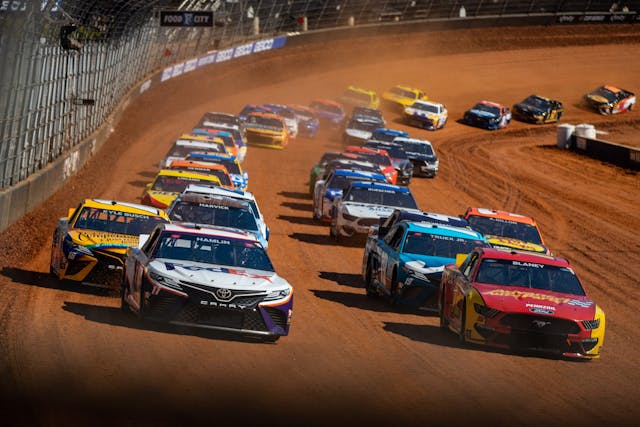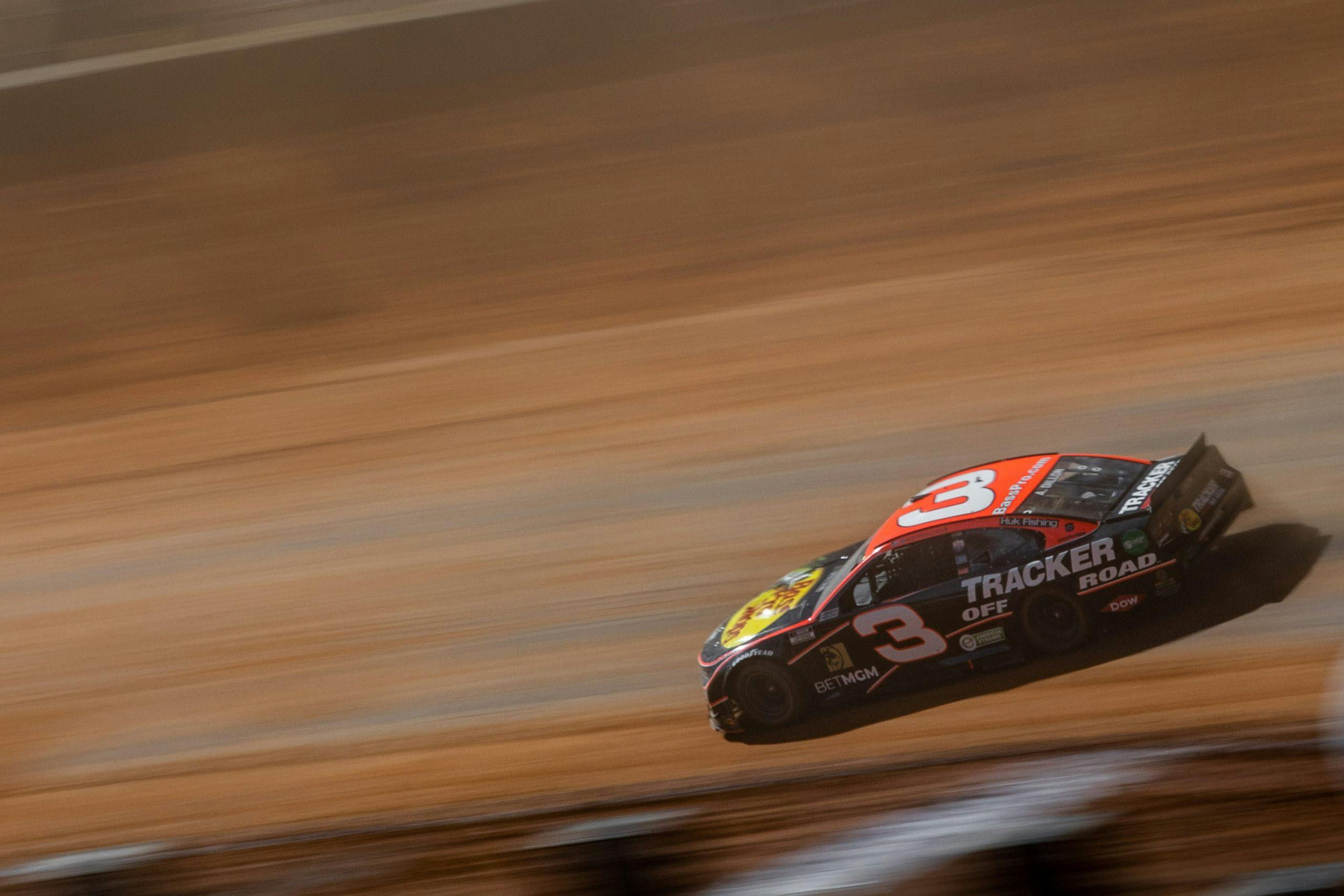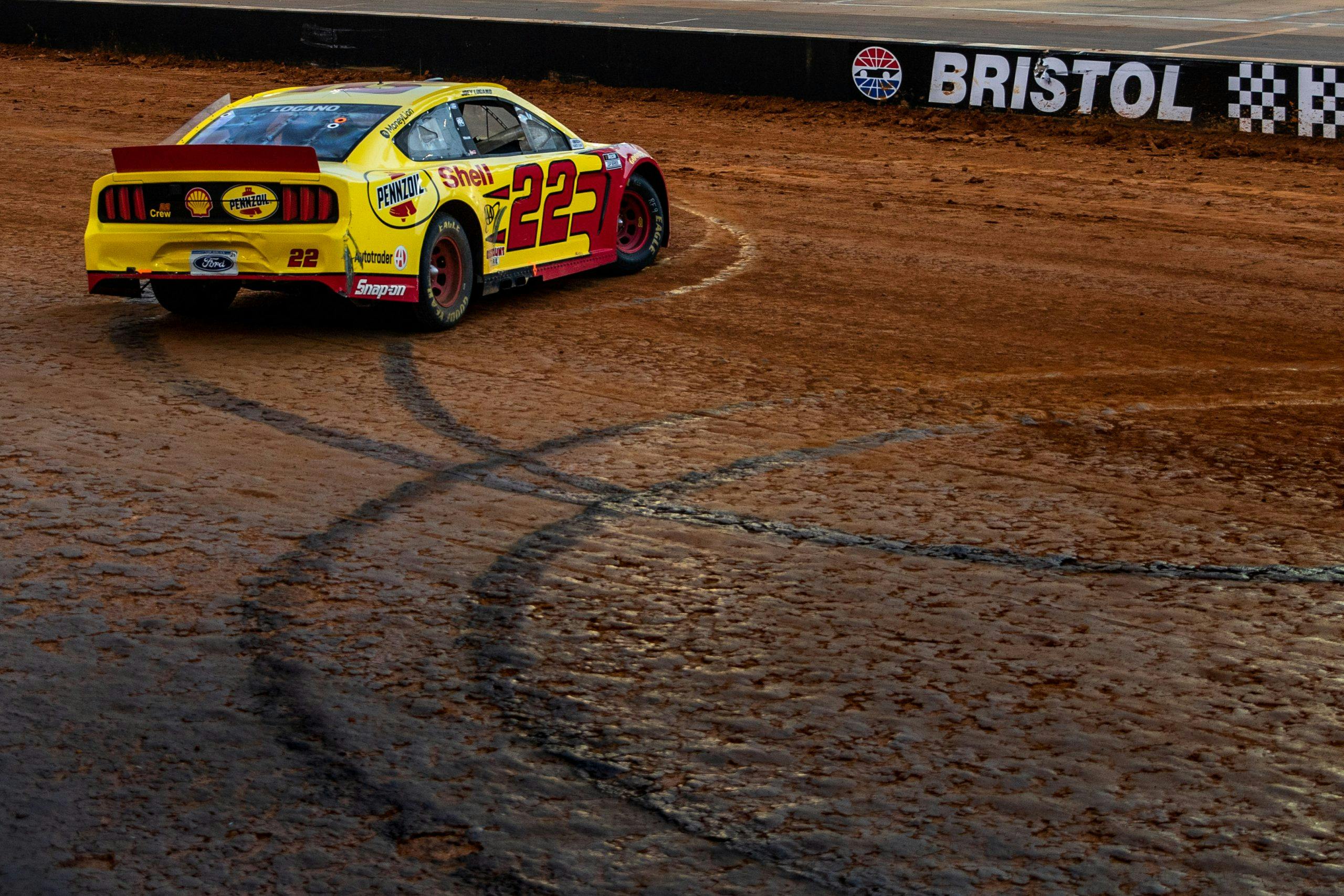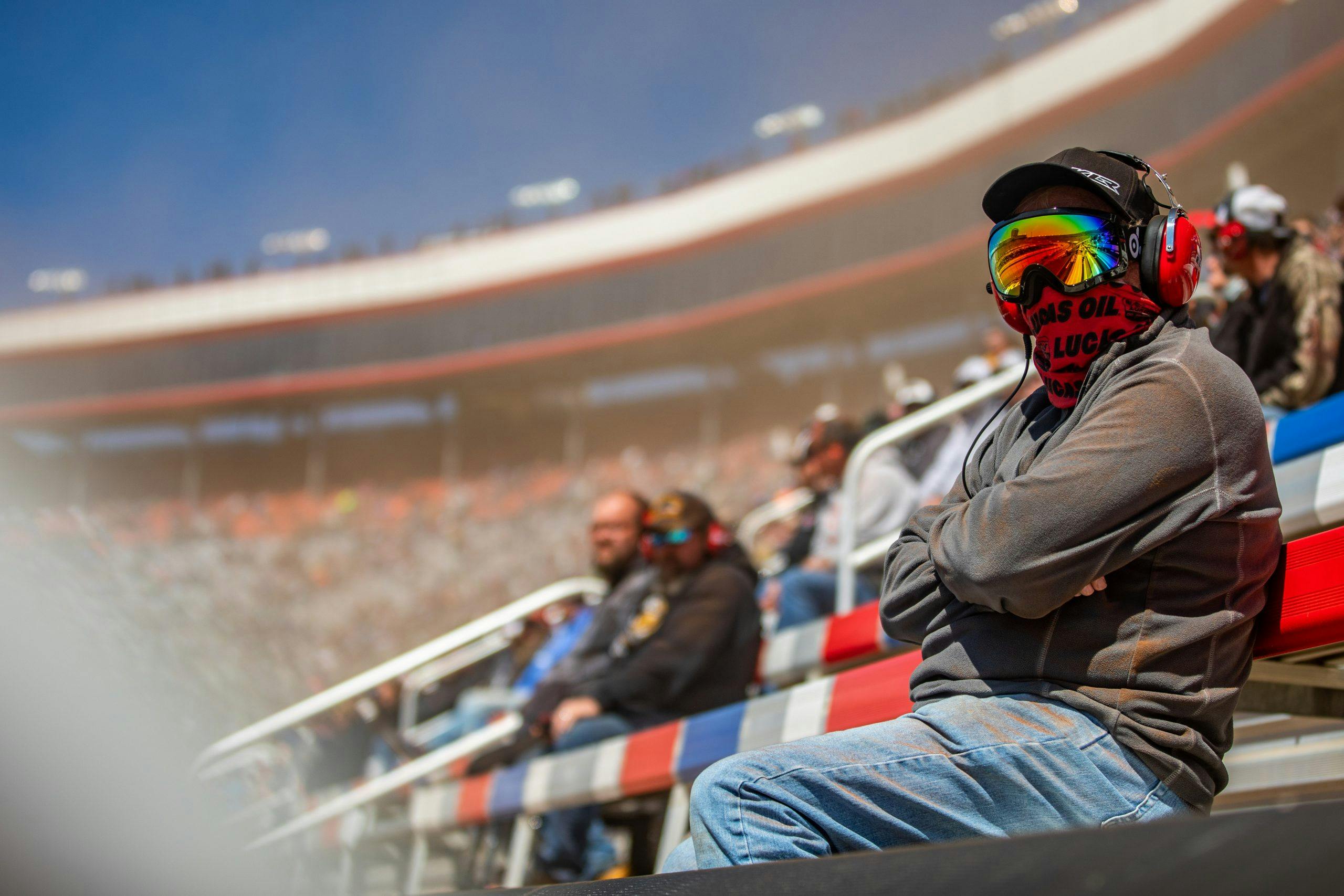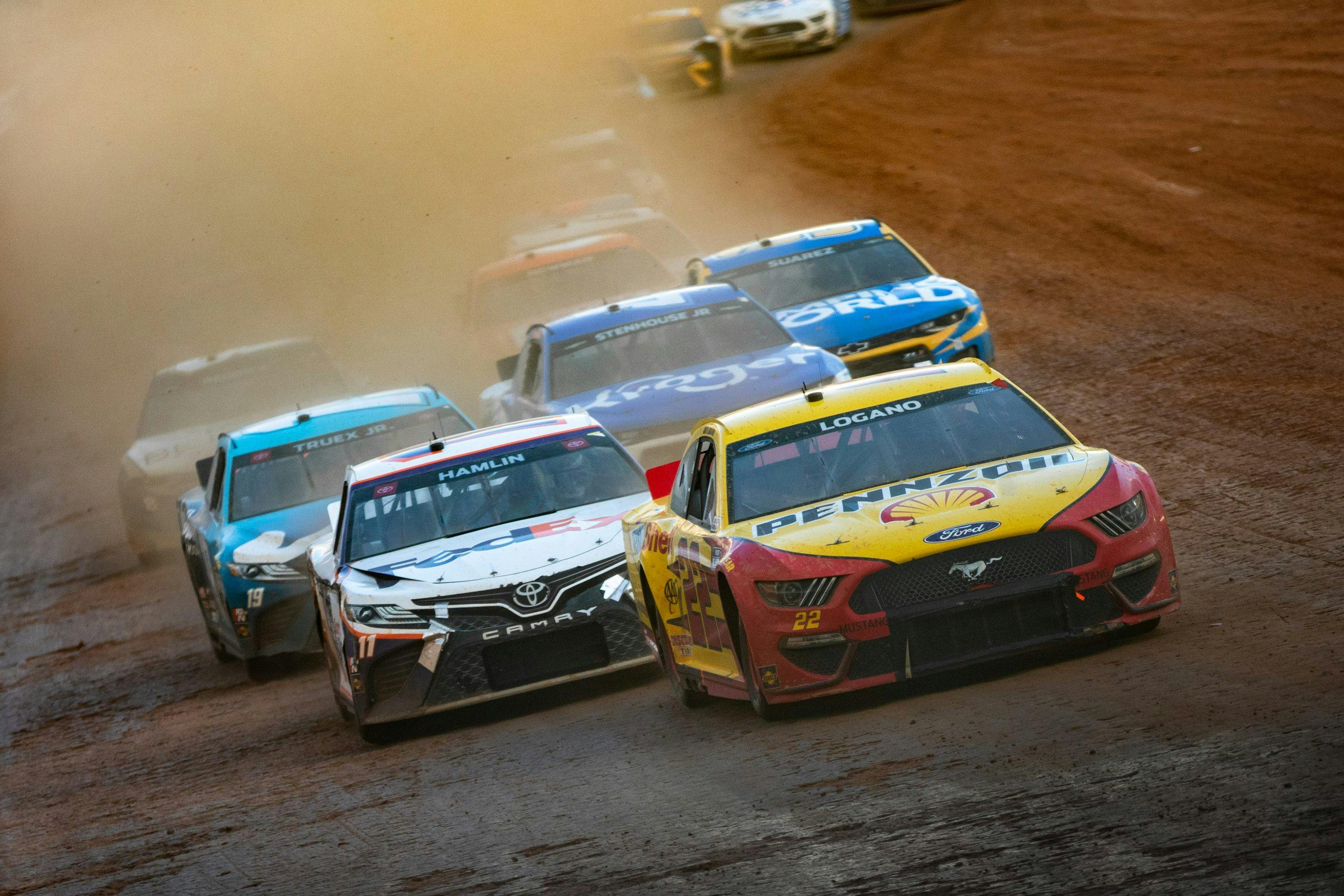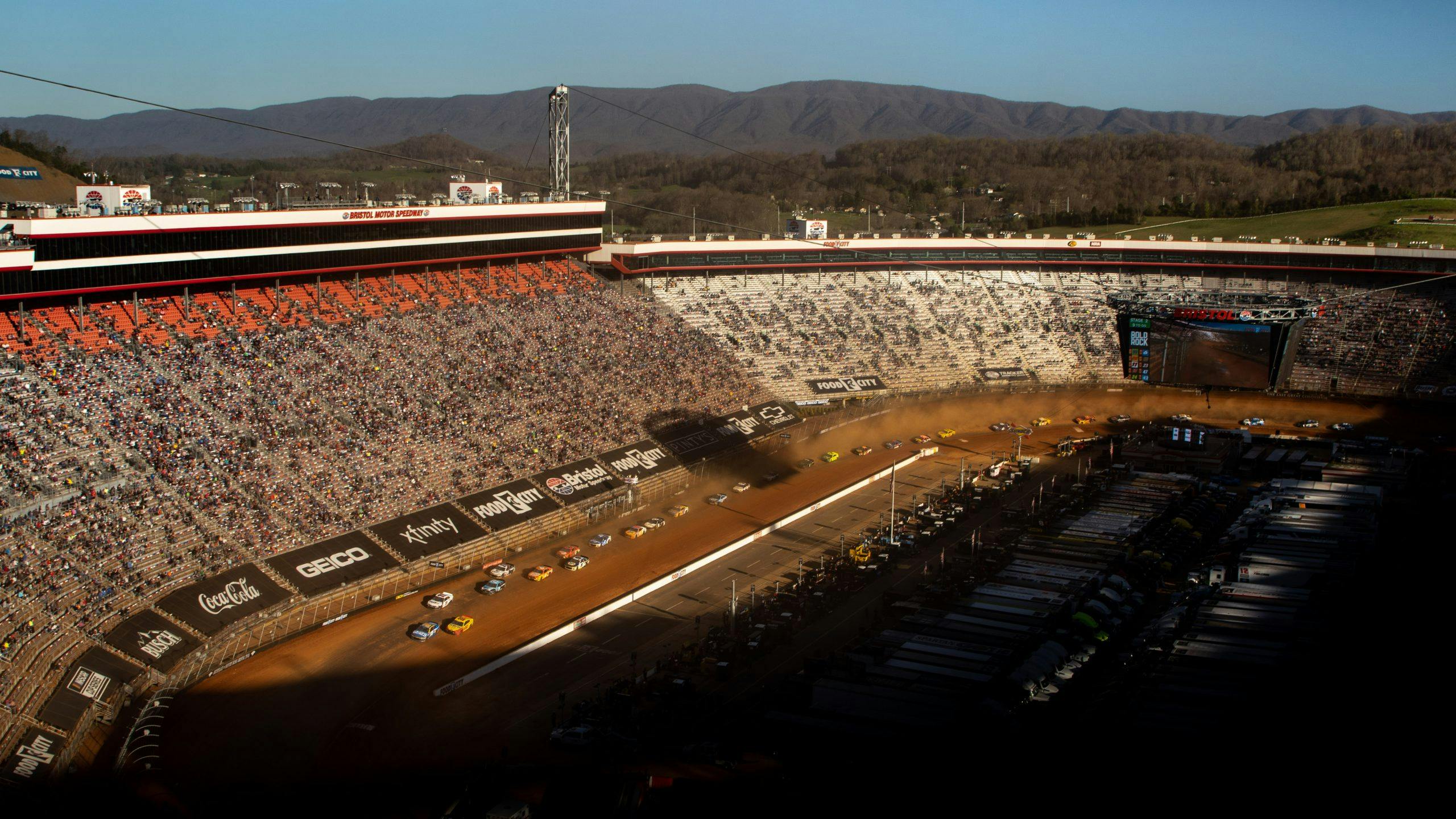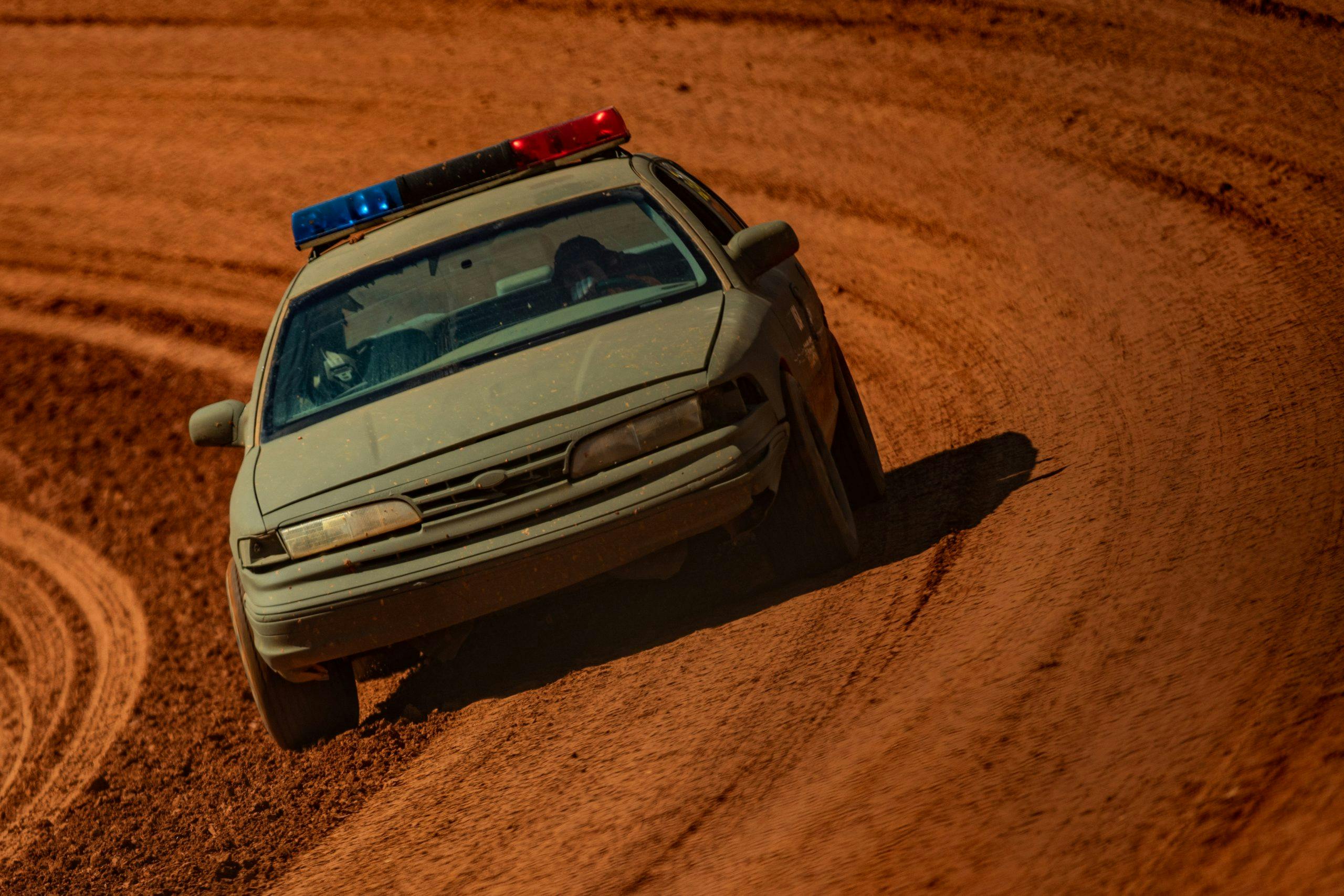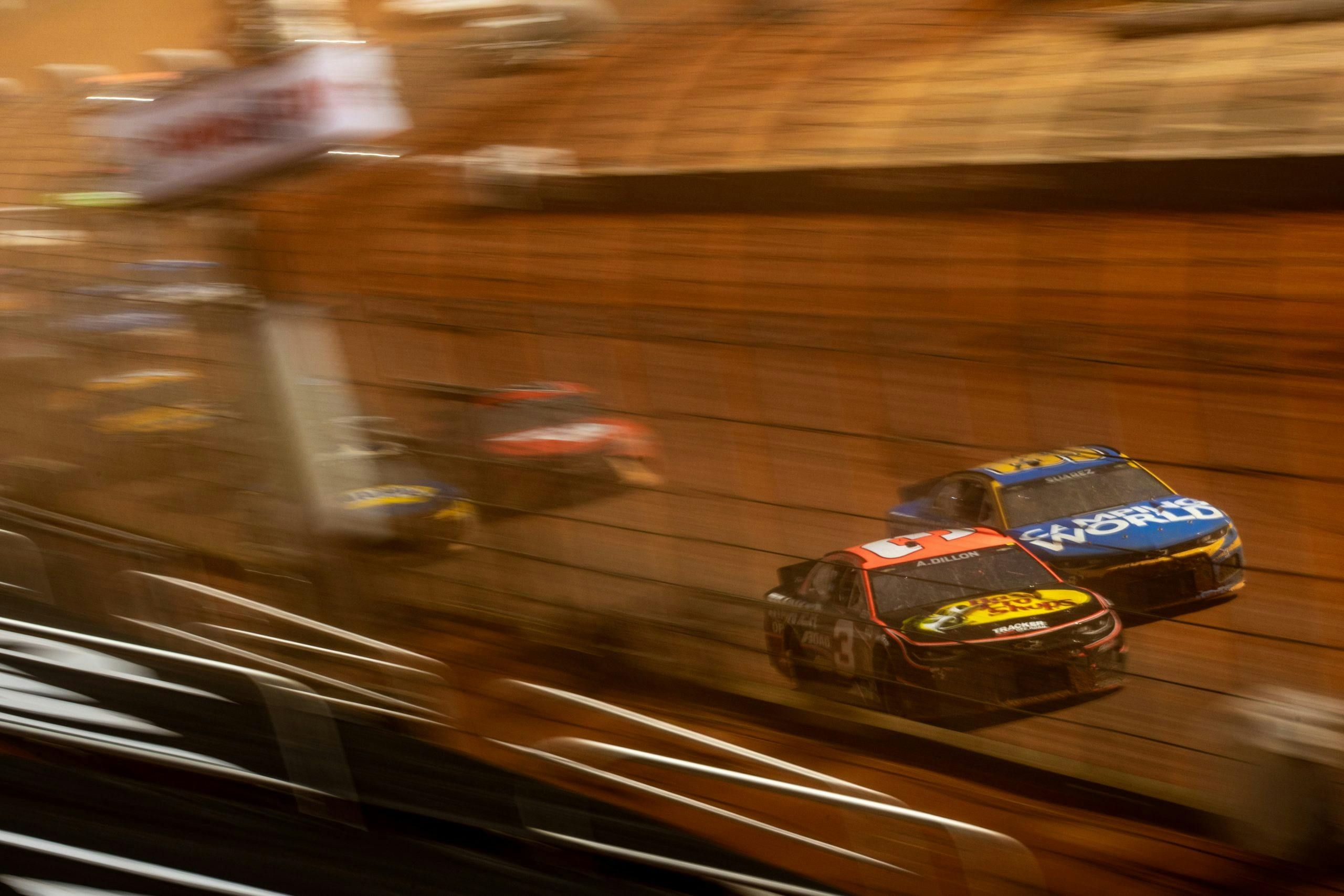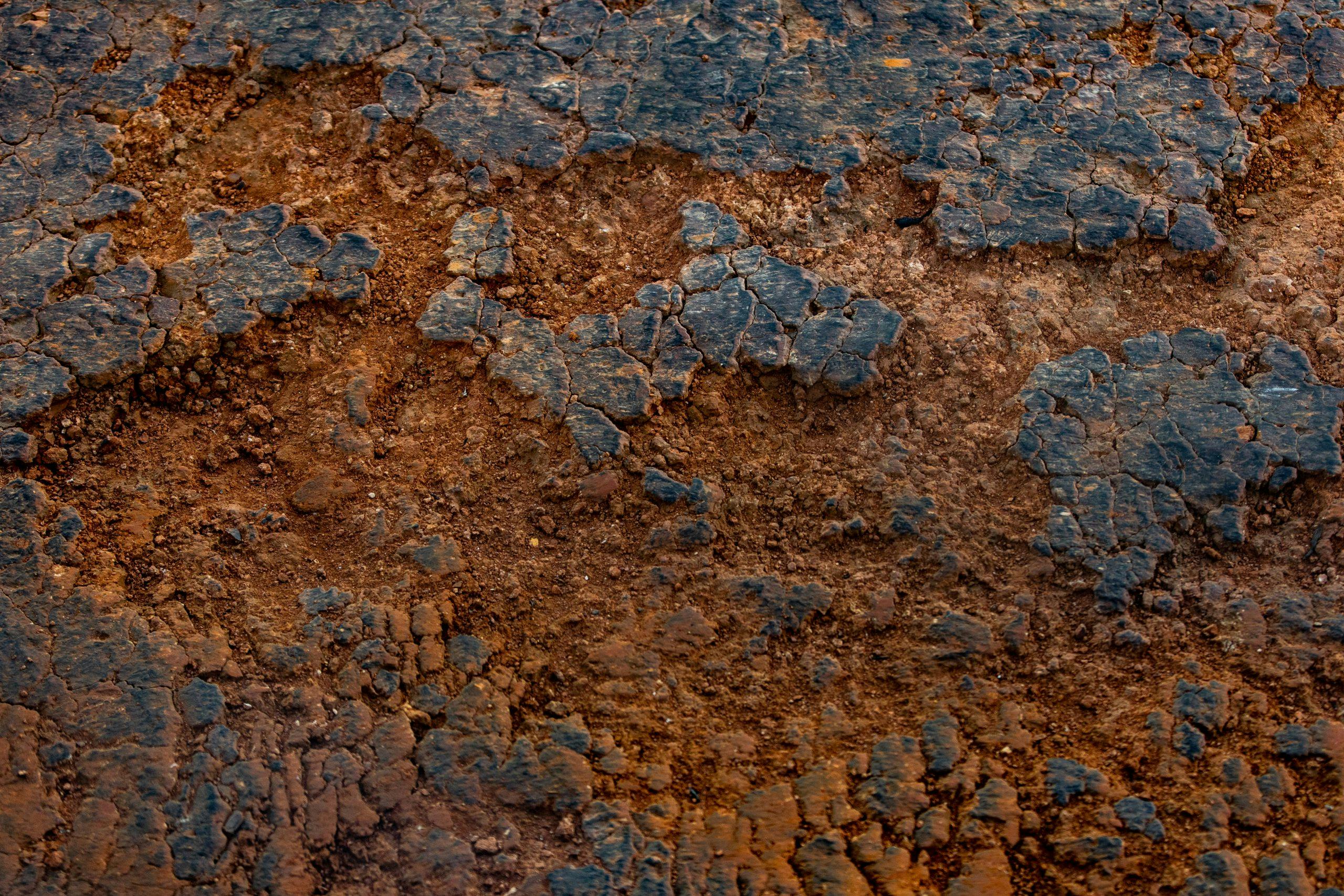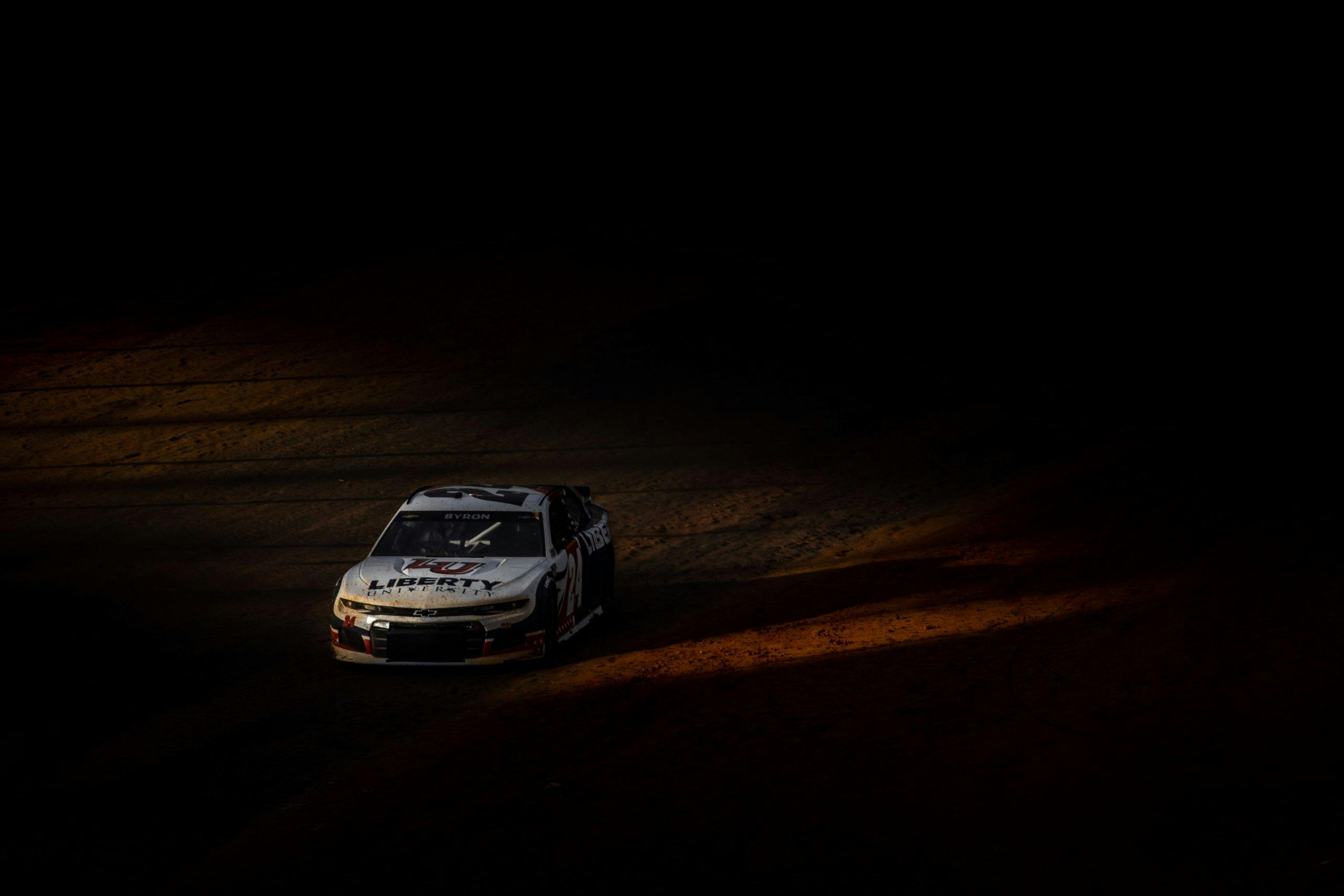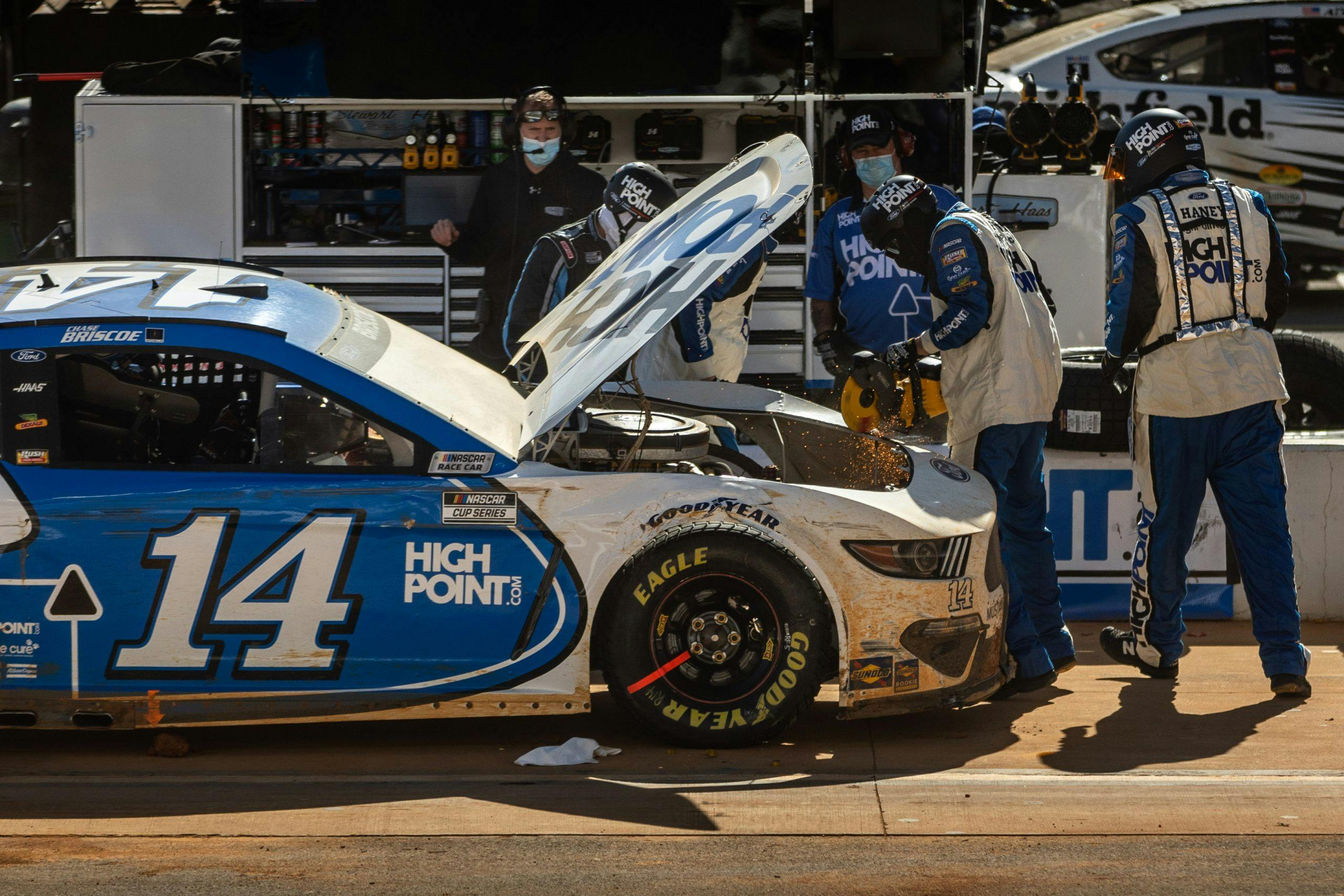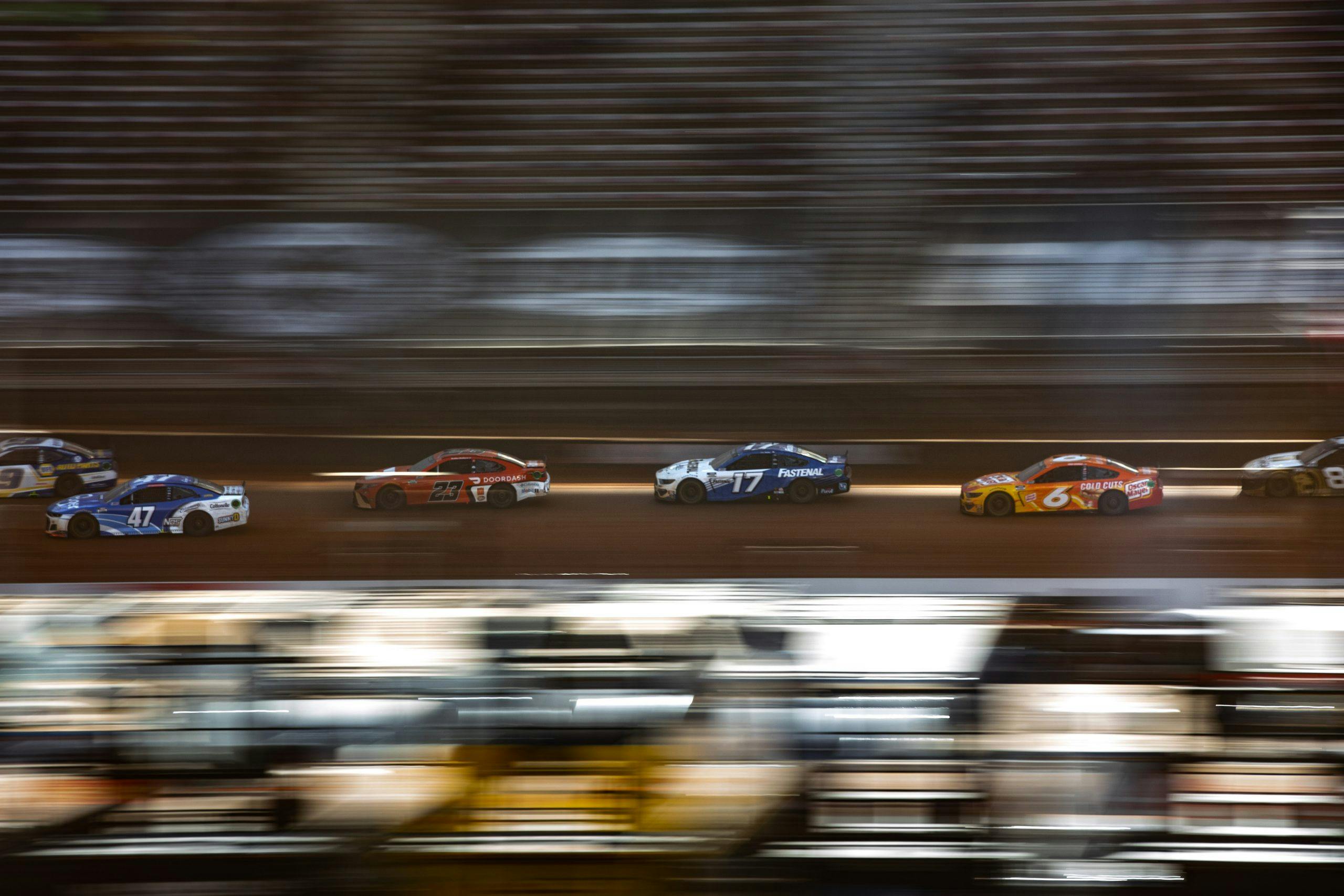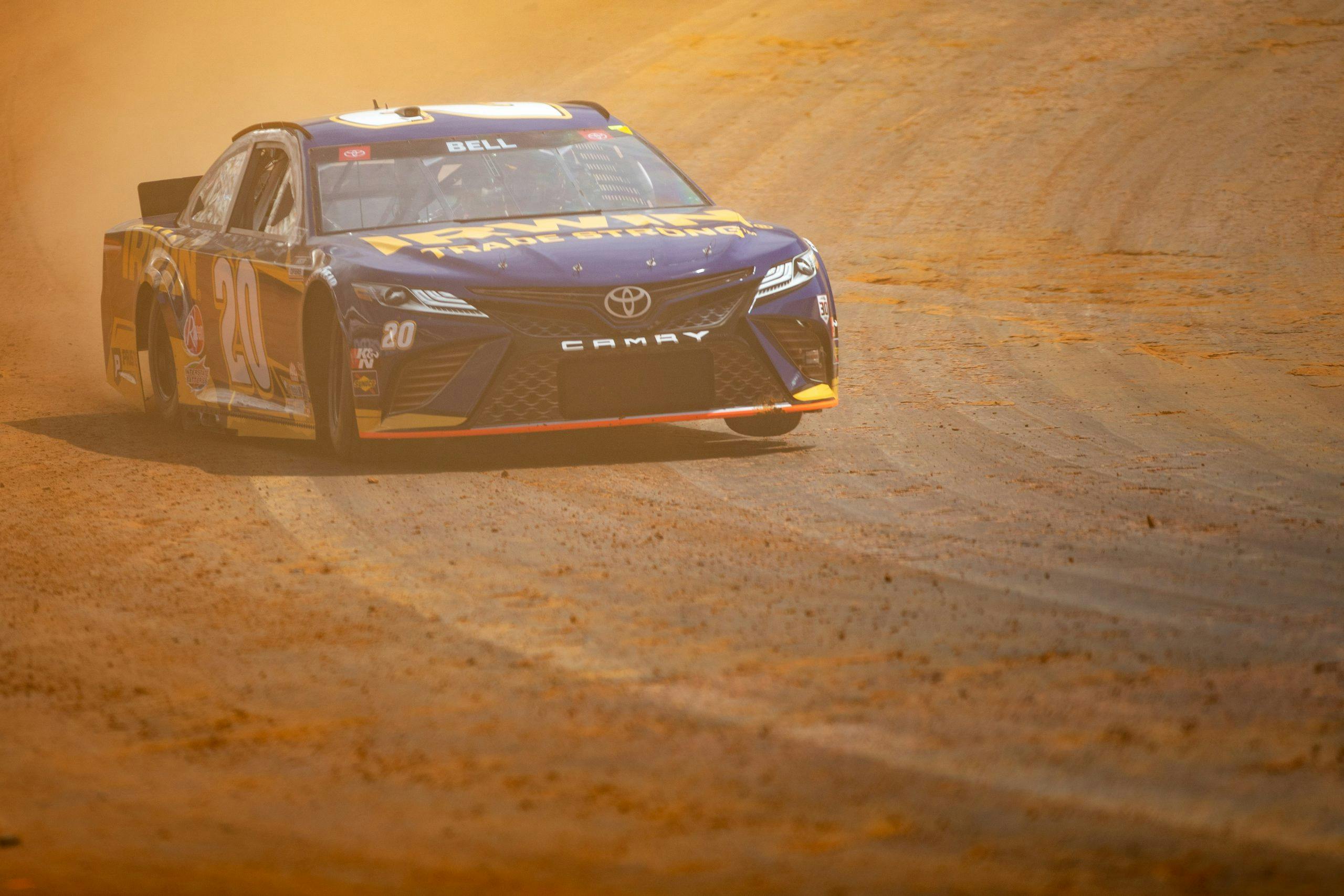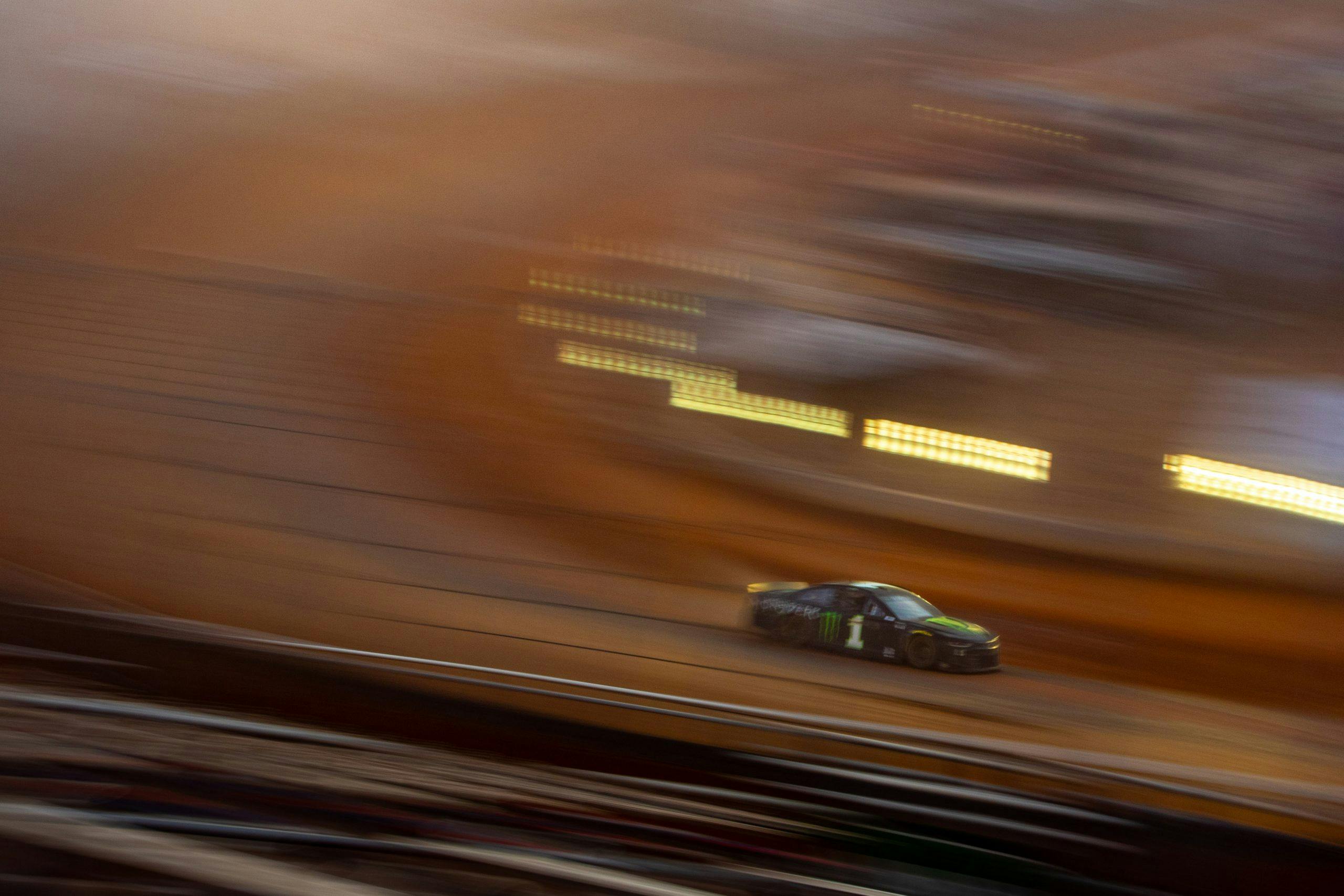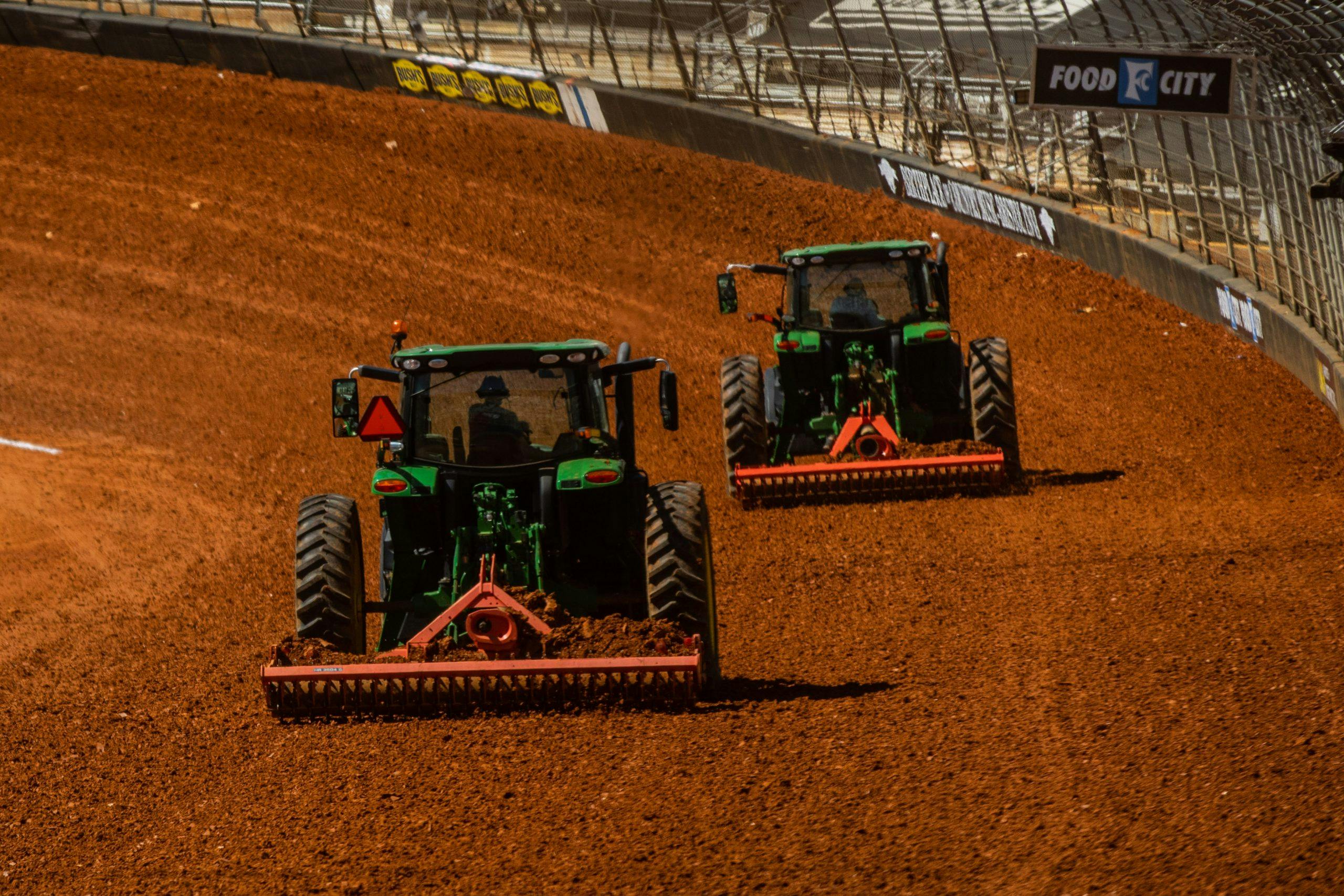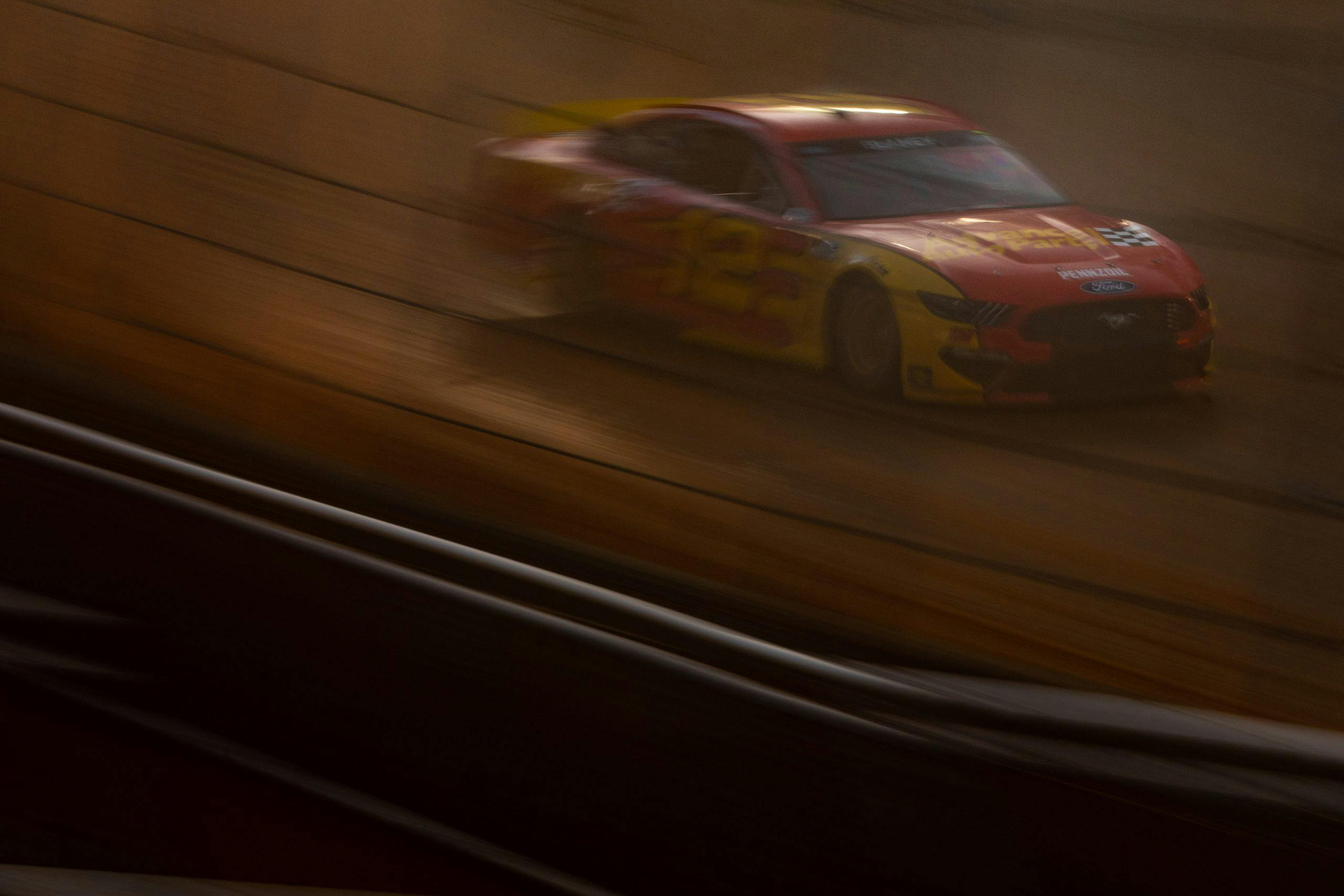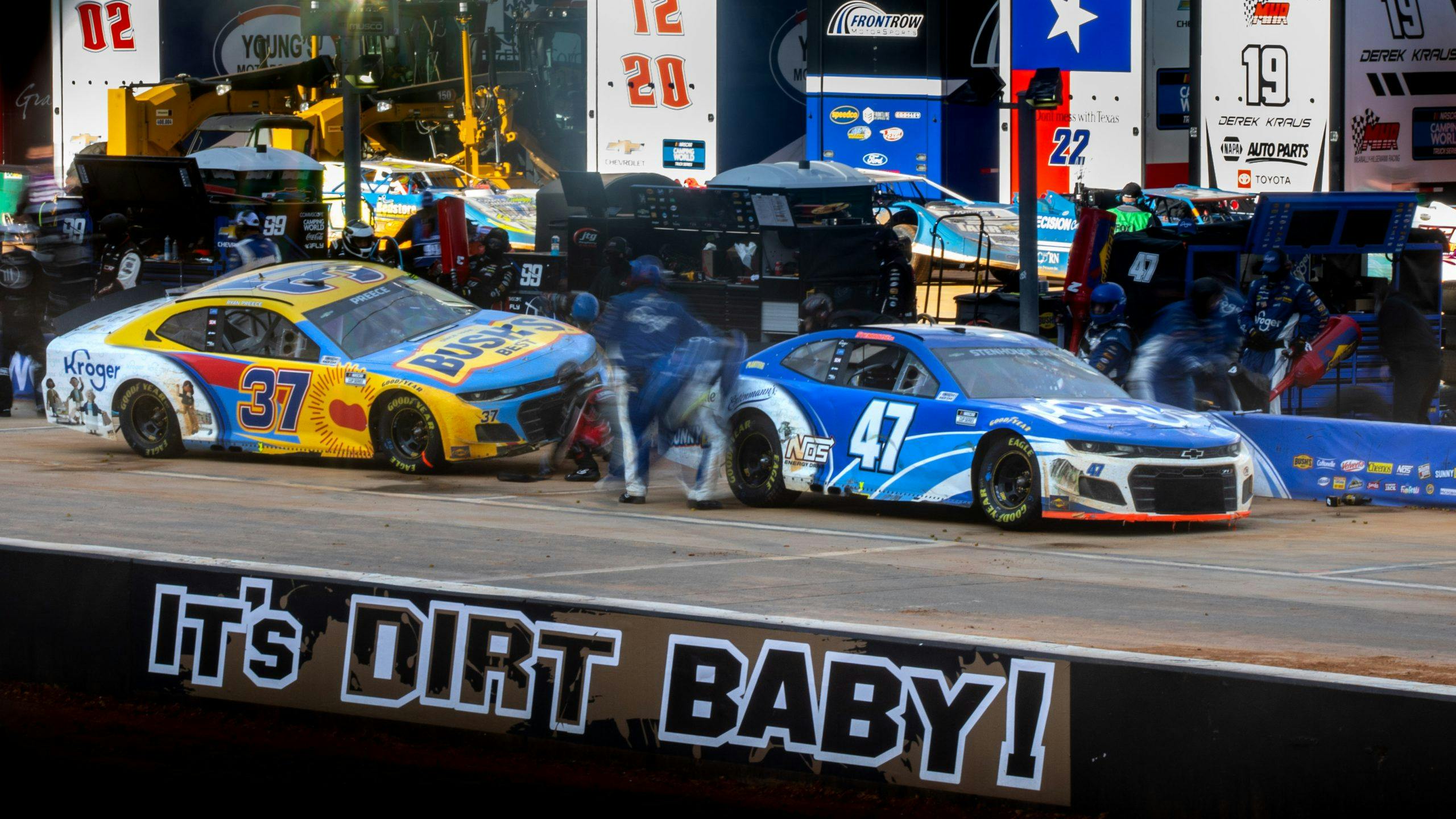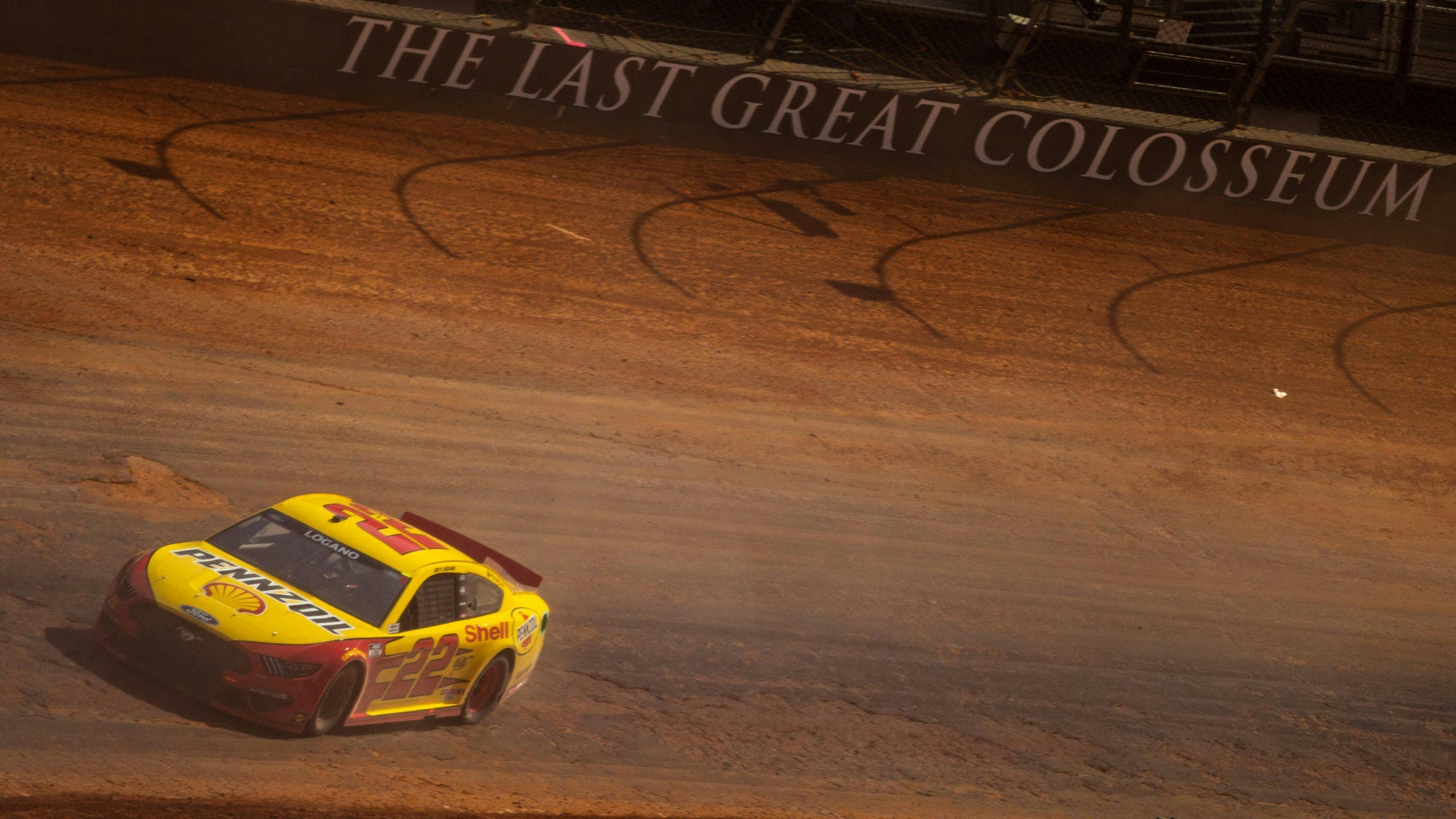In photos: NASCAR’s first dirt race in 50 years was a mud-splashed spectacle
Last Monday, 39 NASCAR stock cars stormed under a fluttering green flag at a clay-covered Bristol Motor Speedway, marking NASCAR’s first Cup Series race on anything other than pavement since September 1970. Despite the 50-year hiatus, the Bristol race was the Cup Series’ 490th contest on dirt. After a 24-hour rain delay, Joey Logano won Monday’s race in front of a sold-out crowd (percentage capacity per COVID guidelines) that braved torrential showers, campground flooding, and swirling dust clouds whipped-up by drifting race cars.
The popular Tennessee race track has been a staple on Cup’s schedule since 1961, albeit as a paved half-mile paved oval. In September 2020, the raceway announced it would temporarily cover the track with dirt ahead of NASCAR’s spring date. This new take on an old favorite immediately drew polarizing opinions from the NASCAR community. Drivers that grew up dirt racing, like Kyle Larson and Christopher Bell, licked their chops, while Hall-of-Famer Richard Petty pumped the brakes.
In an interview with Autoweek, ahead of the race at Bristol, seven-time NASCAR Cup Series champion Petty said, “I guess I’m looking at it from an old-time deal because we spent years and years and years trying to become a professional sport. Years and years to get away from that stigma (that racing wasn’t professional). But dirt-track racing is not professional, so we’re going backward. It would be like taking a professional football team and going back to play at a high school field.”
As much as I love dirt racing, Petty has a point. Back then, stepping away from dirt literally and figuratively cleaned up NASCAR’s image and allowed the sanctioning body to make the leap out of the Southeast and onto the national stage. Does its return dirt sully NASCAR’s image? No, but give it up for NASCAR’s all-time win leader to think holistically about the event and speak his mind amid the hype. Petty did go on to acknowledge that this may be a jolt for NASCAR’s top division, stating, “It might be what NASCAR needs to keep our base growing.”
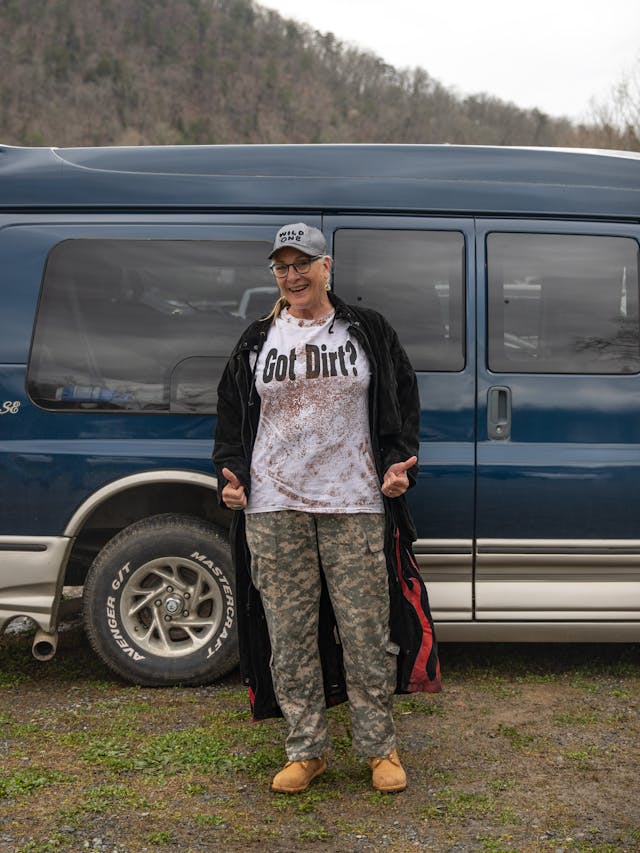
Engaging the booming grassroots dirt racing scene is one way to grow. While touring the rain-soaked campground, I noticed an unusual contingent of fans sporting dirt-racing apparel from their favorite driver or track. Racing on their new surface engaged new fans and brought in a new crop of drivers known as “dirt ringers” to best NASCAR’s stars. Before the race, I met a clan that road-tripped from upstate New York to watch their guy Stewart Friesen, a modified champ, make his first start in the Cup Series.
Inside the Speedway, everything looked like the Bristol of old except for the racing surface (and a thin layer of settled dust coating the coliseum-style grandstands). While it may appear that track operators spread a temporary clay surface with the world’s largest spatula, the setup was way more complex than frosting a cake. Think six-layer dip: First, they sprinkled a thin coat of sawdust over the concrete racing surface. Then, a sheet of dirt leftovers from 2000 (when Bristol covered the track for a sprint car race). Next, a thick layer of dirt excavated from one of Bristol’s neighboring properties followed by a moderate helping of lime-treated clay. Finally, the topcoat: a batch of Bluff City Red Tennessee clay. Water trucks, packing vehicles, and tractors were utilized throughout the weekend to maintain dirt strata.

To negotiate the surface, Goodyear supplied teams with knobby bias-ply dirt tires. The tires wore quicker than expected, causing NASCAR to insert more scheduled caution periods into the 250-lap race for teams to swap-in new sets. Teams were also given the option to remove the front splitter for better ground clearance. Grip and clearance were never really an issue. Visibility, however, was a different story. The heavy stock cars rapidly pushed the moisture out of the surface, prematurely drying it out and creating the world’s largest manmade sandstorm. A scene from Mars, Tatooine, Arrakis, or whatever you want to call it, visibility was so poor, that halfway through the race, NASCAR decreed that restarts from then out would run single file.
No matter. When you do something for the first time in 50 years, wrinkles are inevitable. Despite the mess, racing was competitive and highly entertaining. I applaud NASCAR for taking a chance on dirt, and if there’s any indication to the level of success last weekend supplied for the series and Bristol, it’s that plans are in motion to do the whole thing again in 2022. We won’t have to wait another 50 years for Cup’s next race on dirt.
Be sure to flip through Cameron’s clay-caked photo gallery below:
